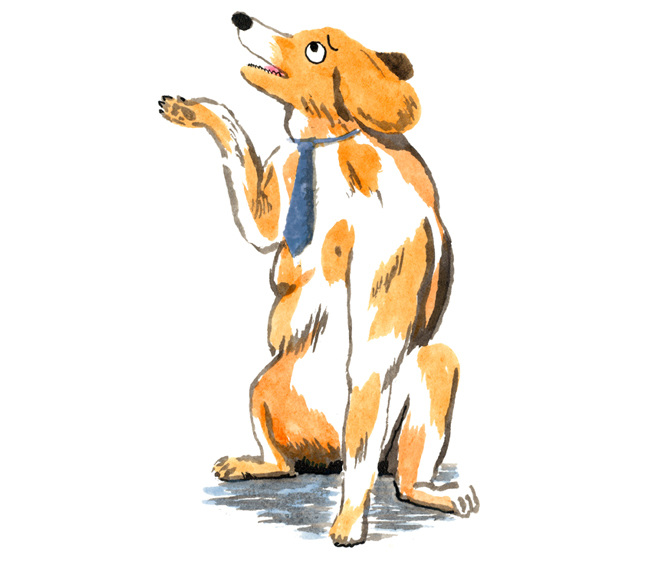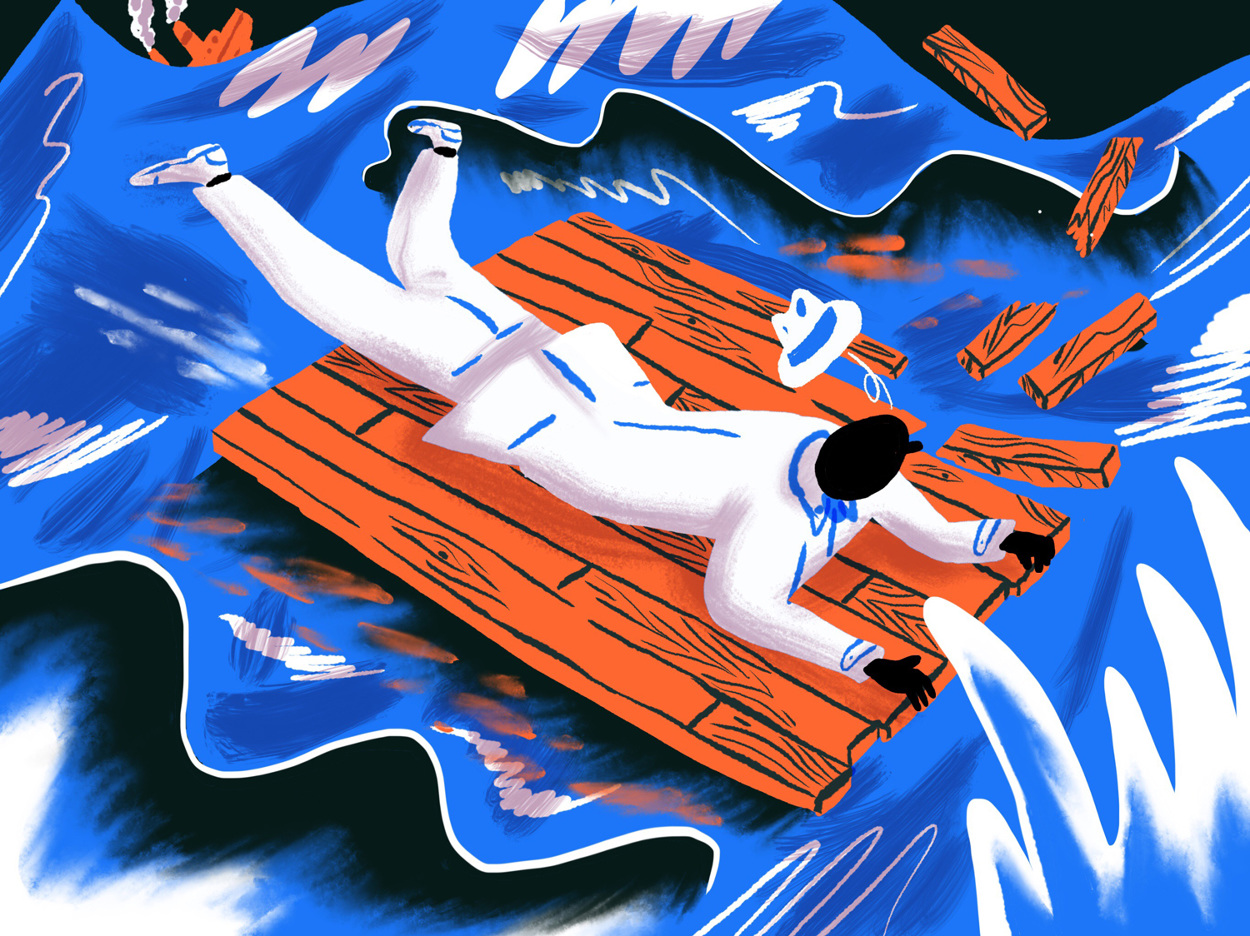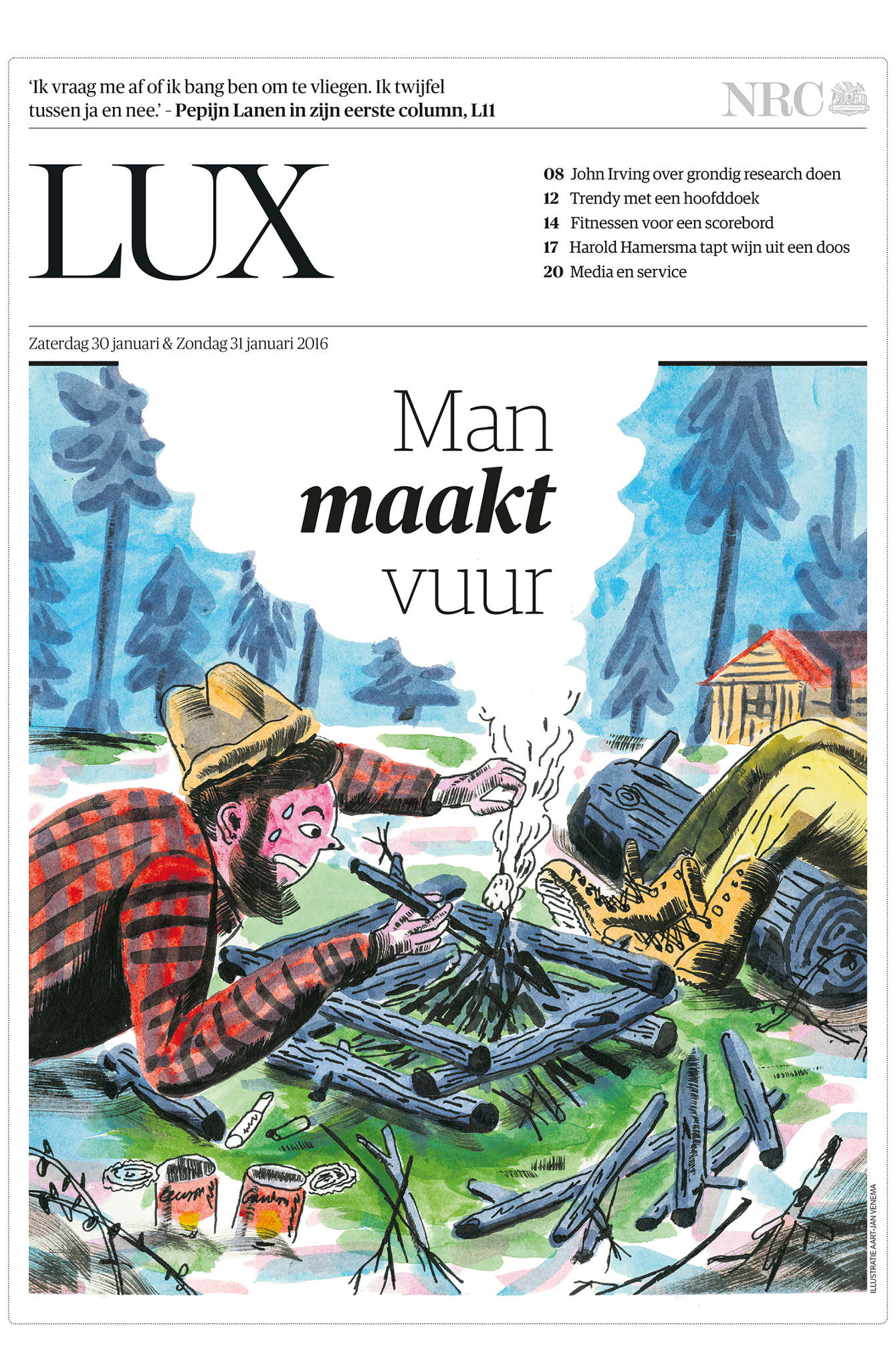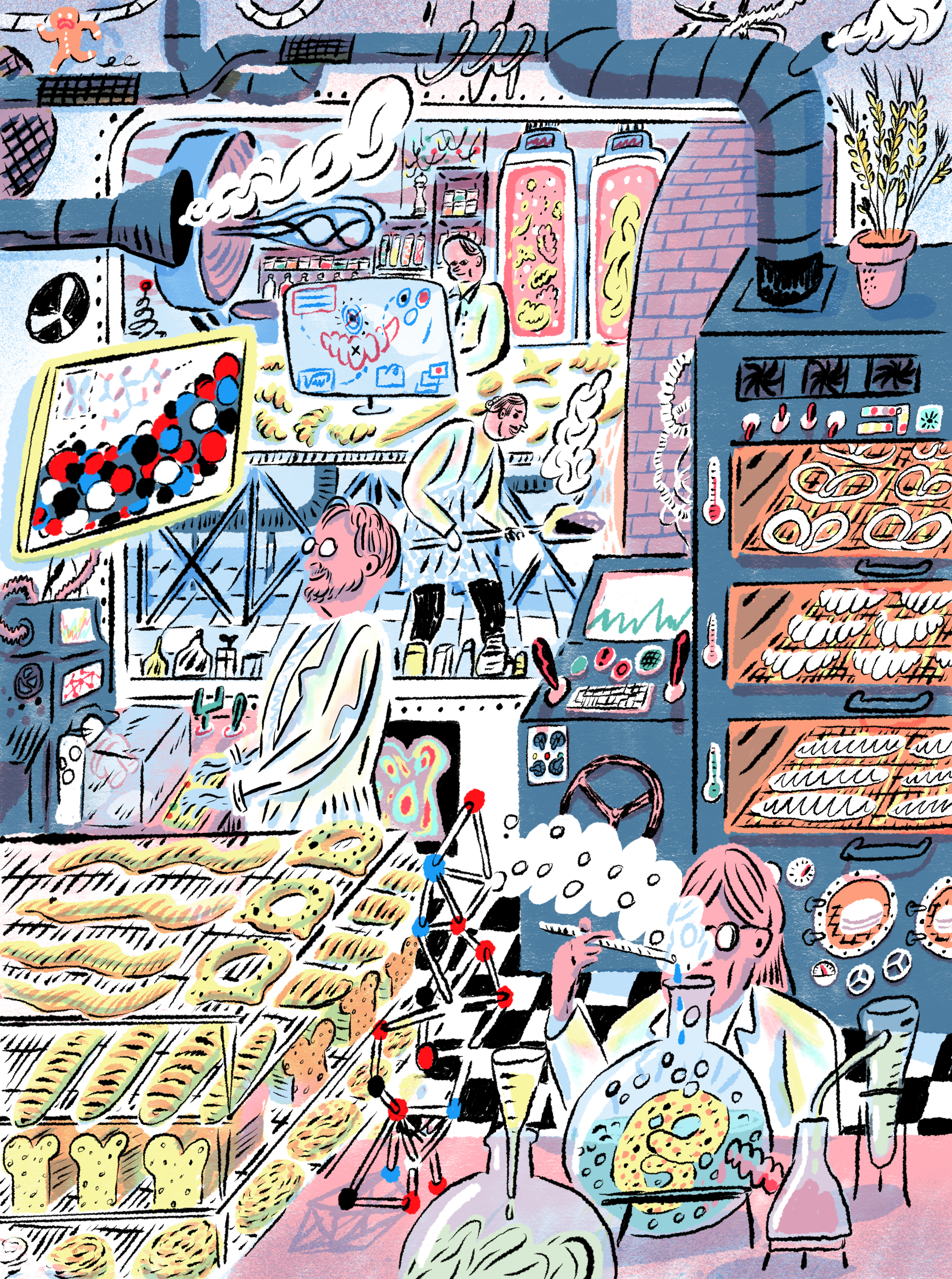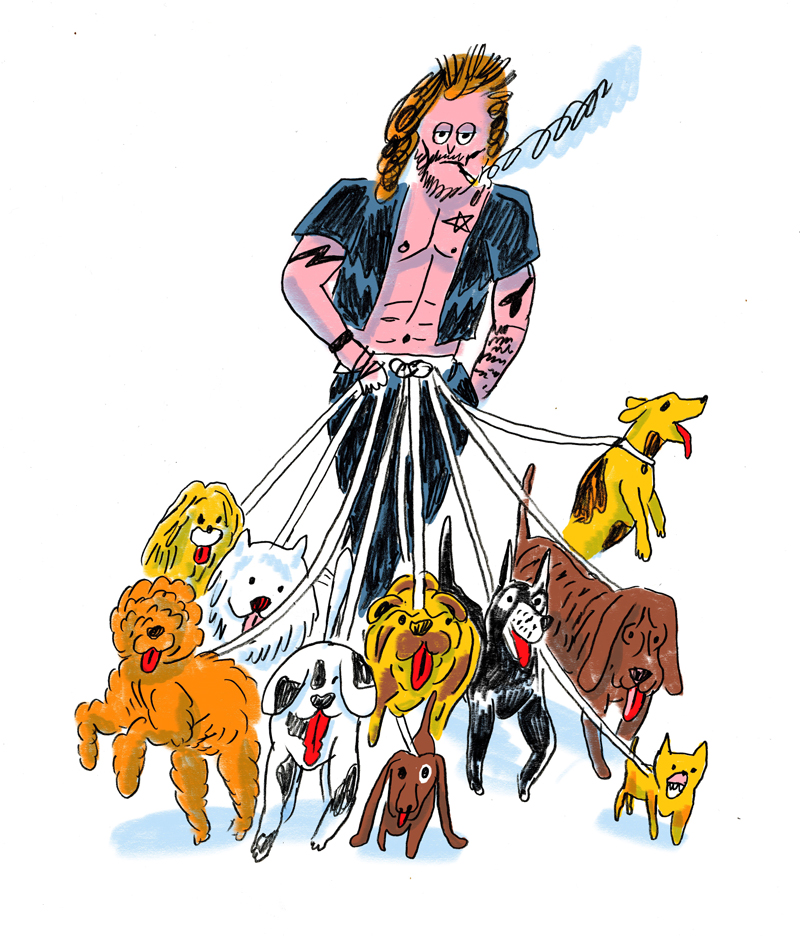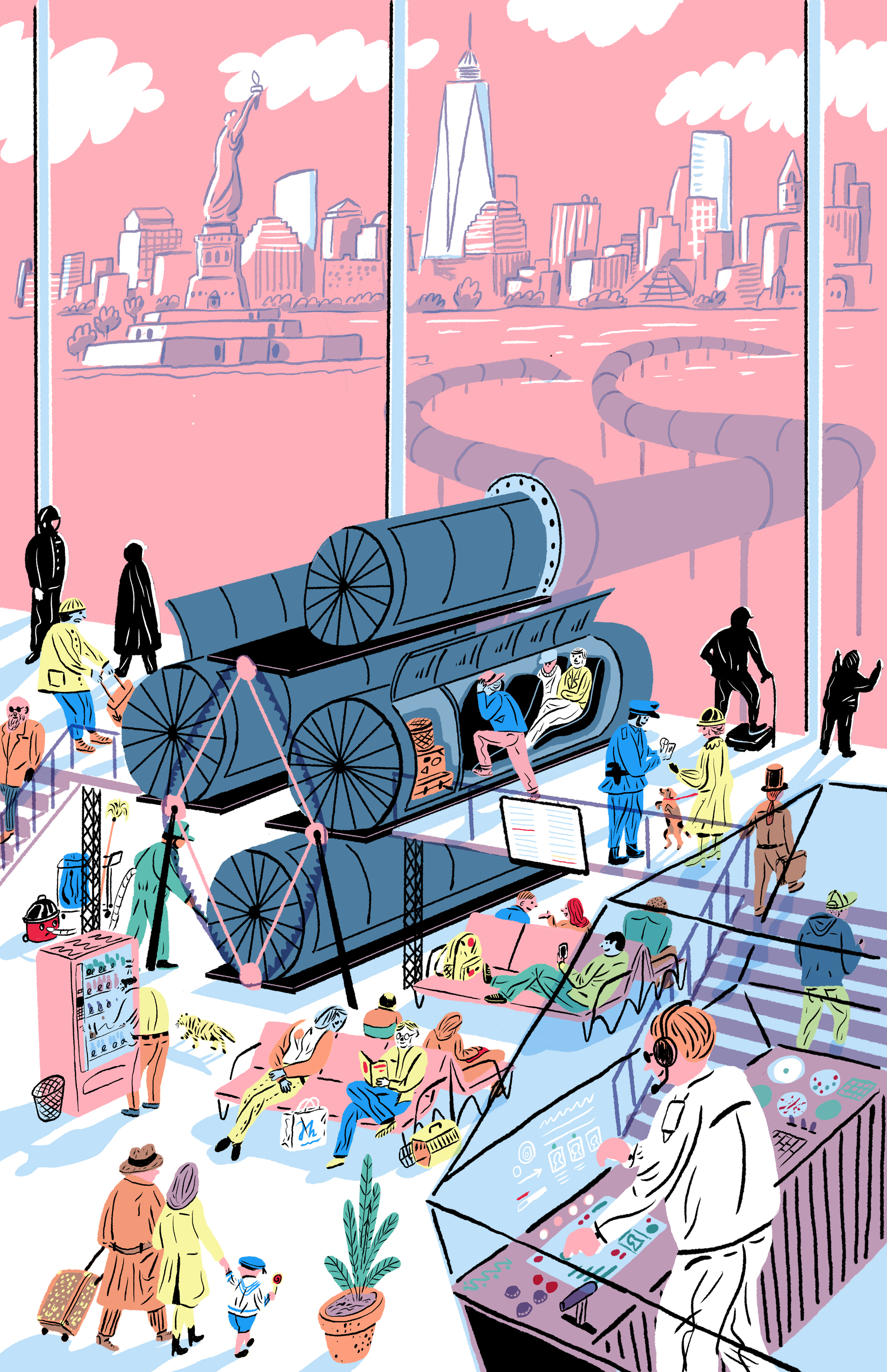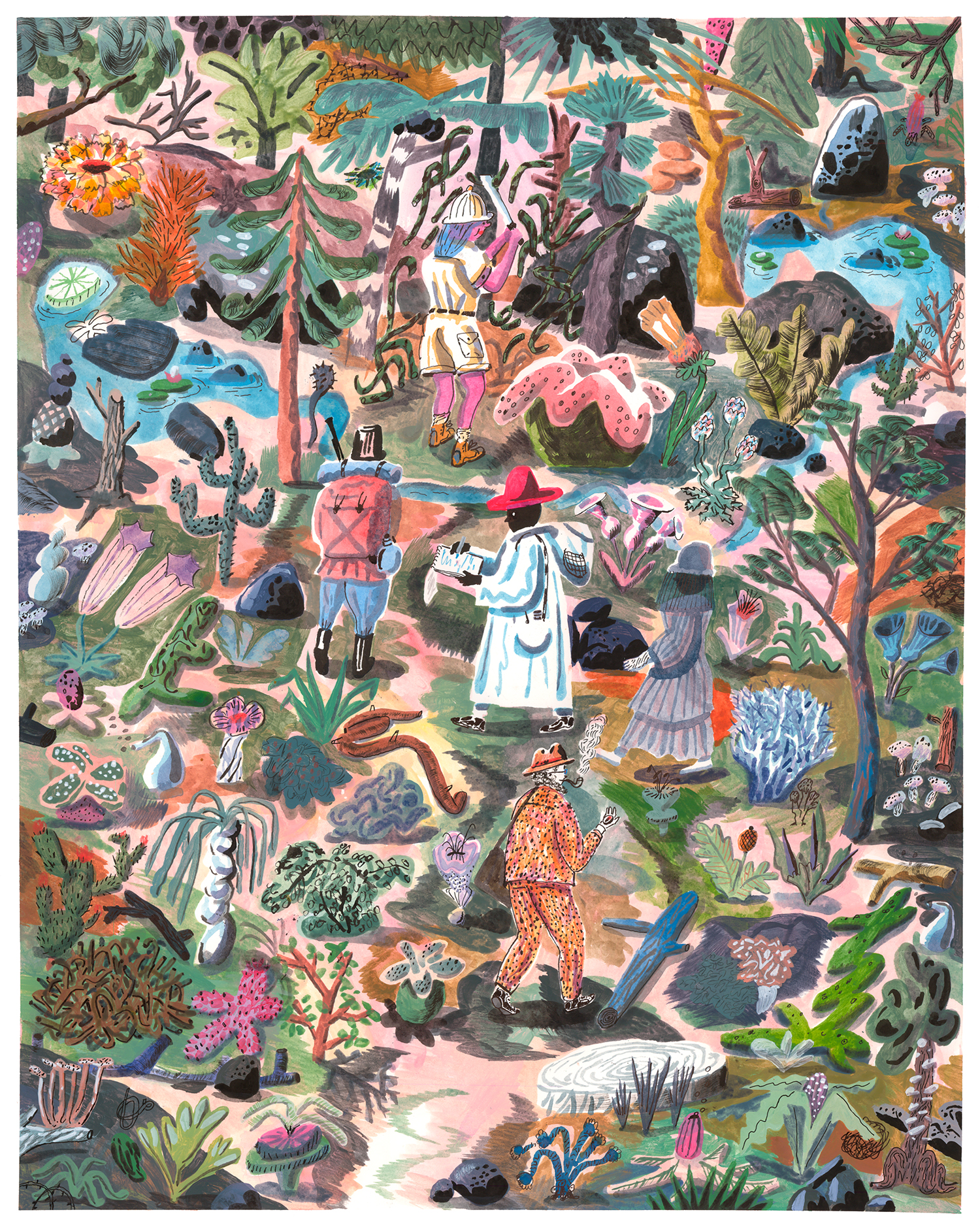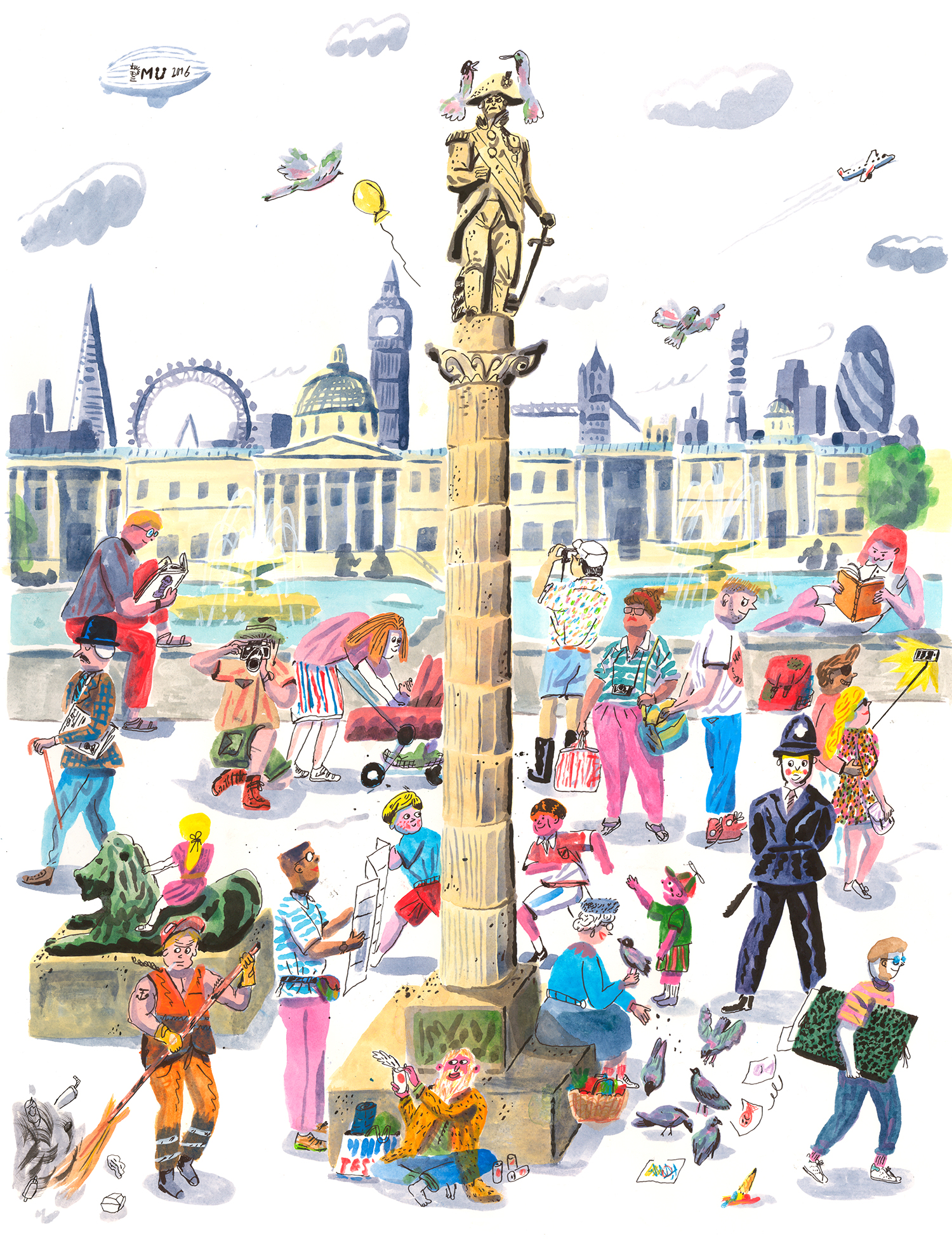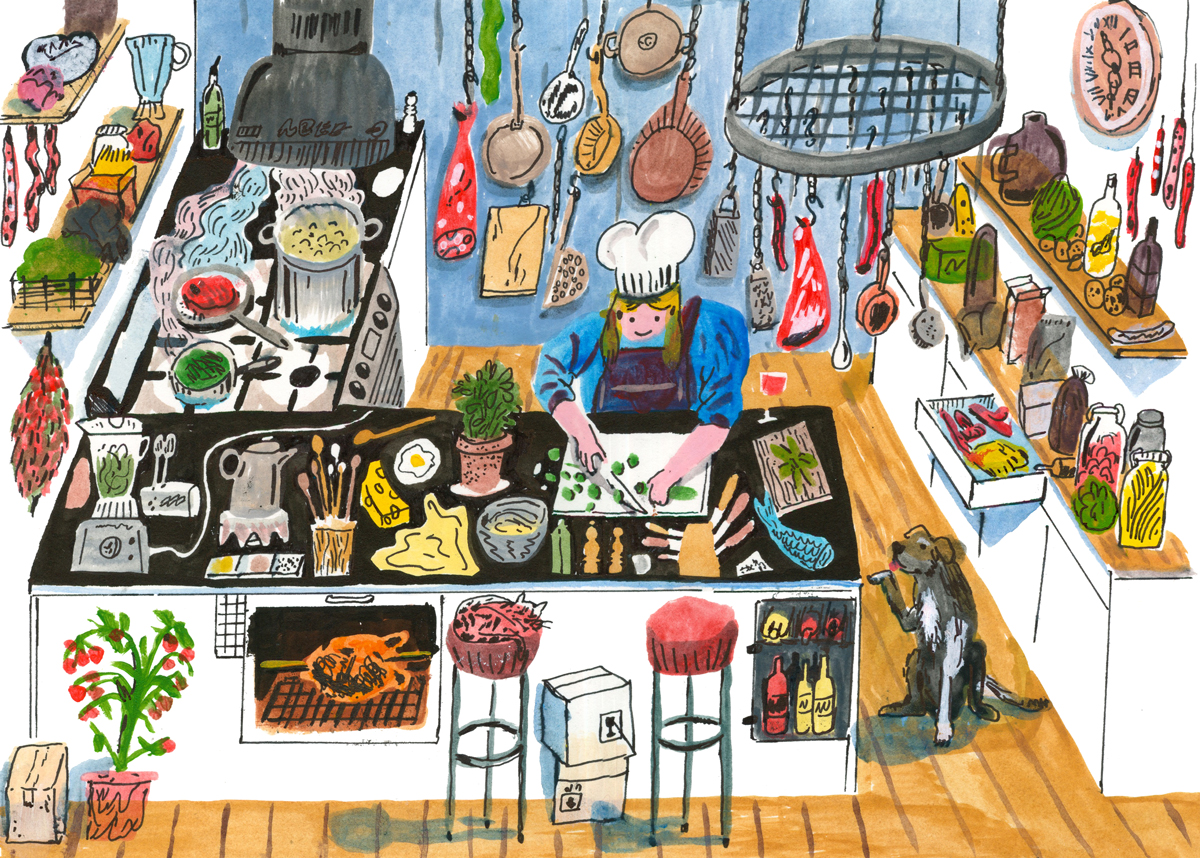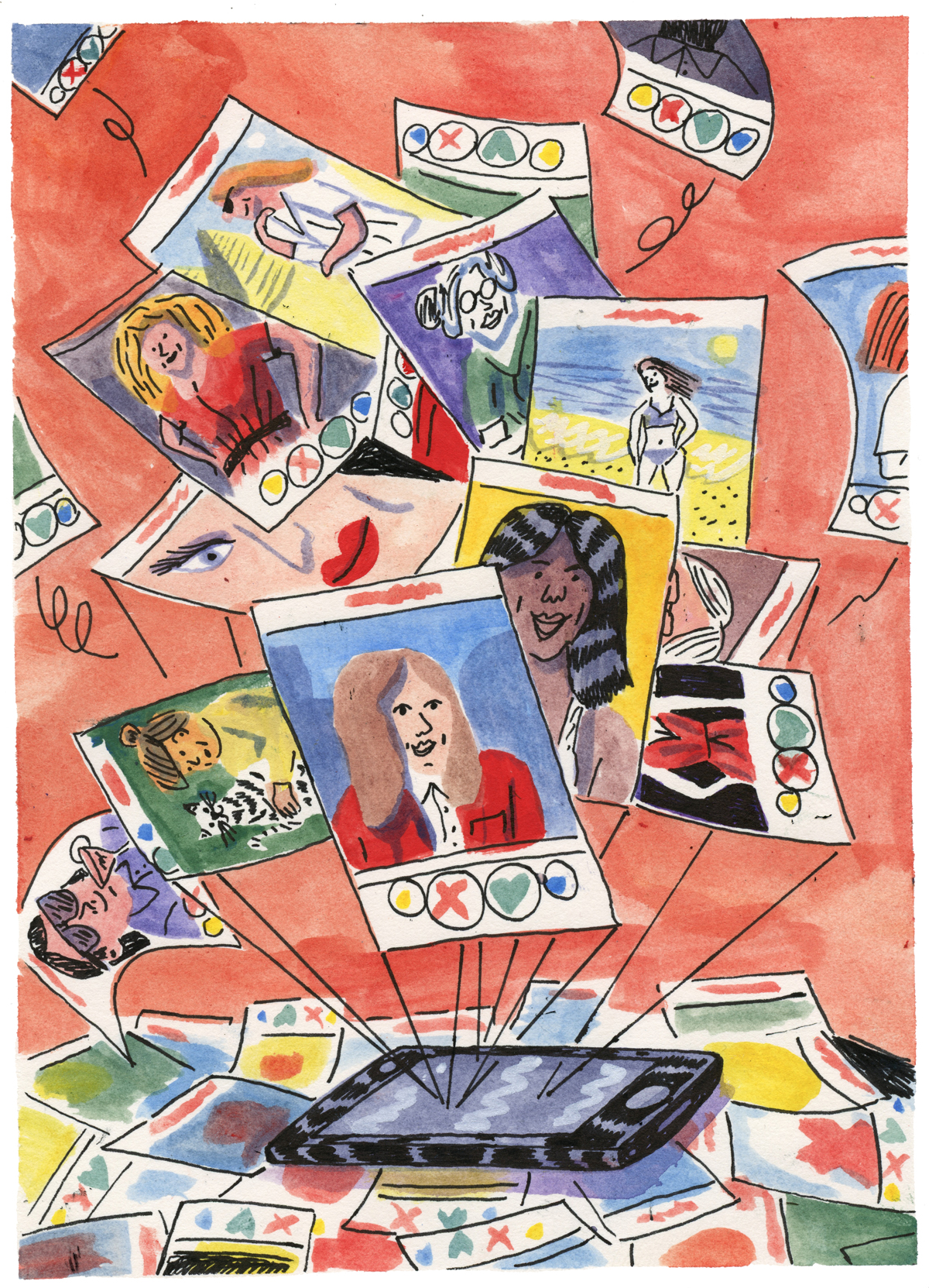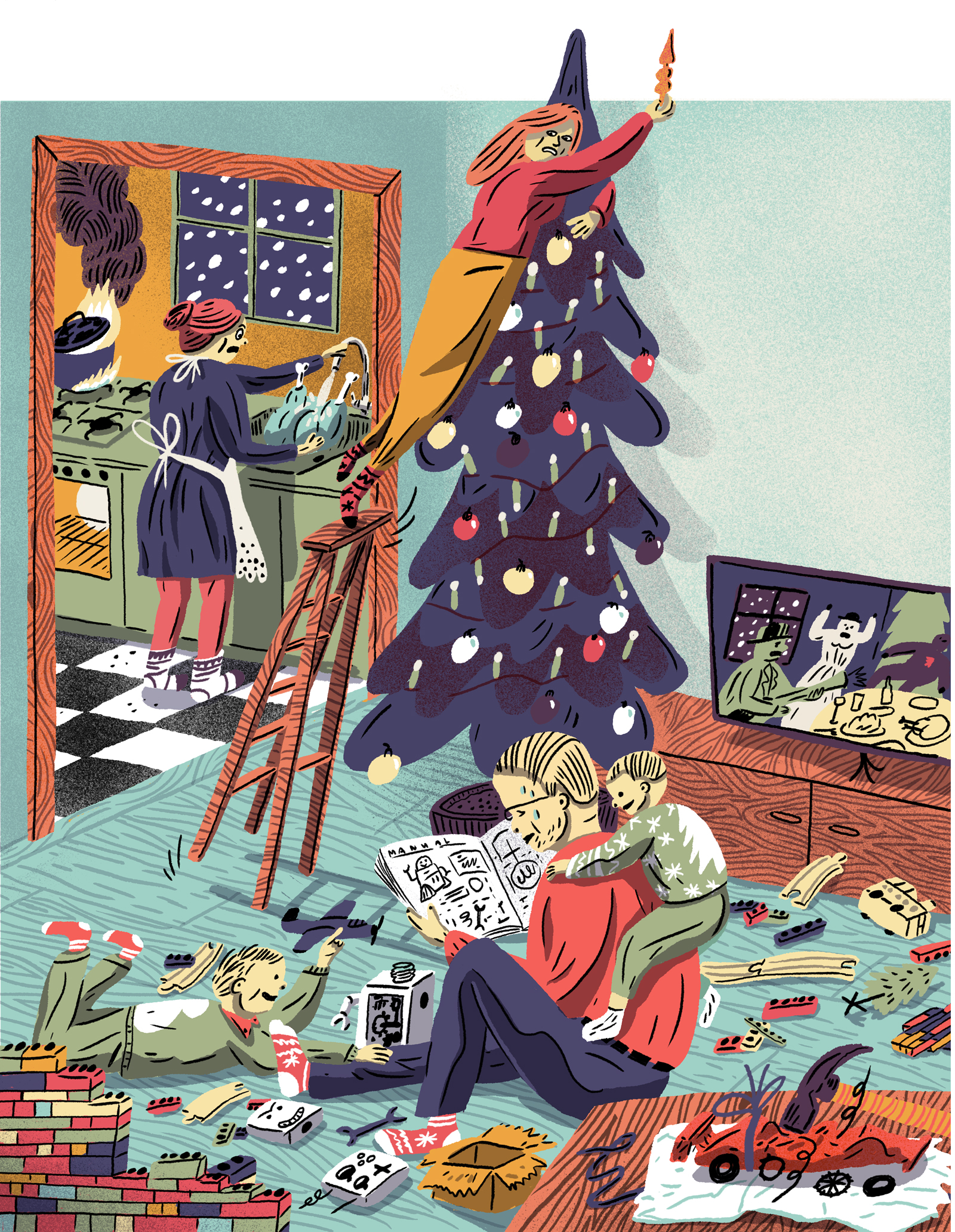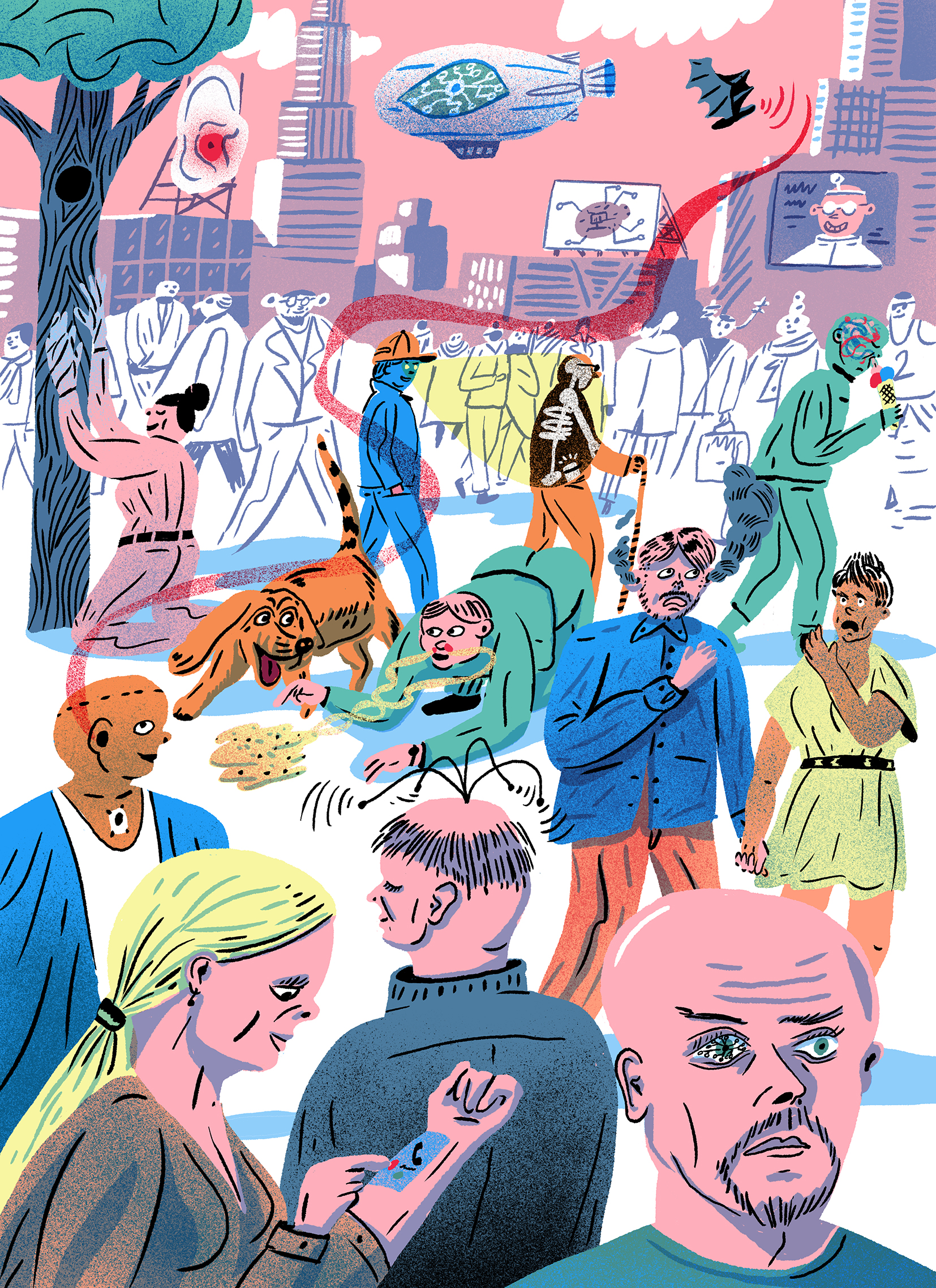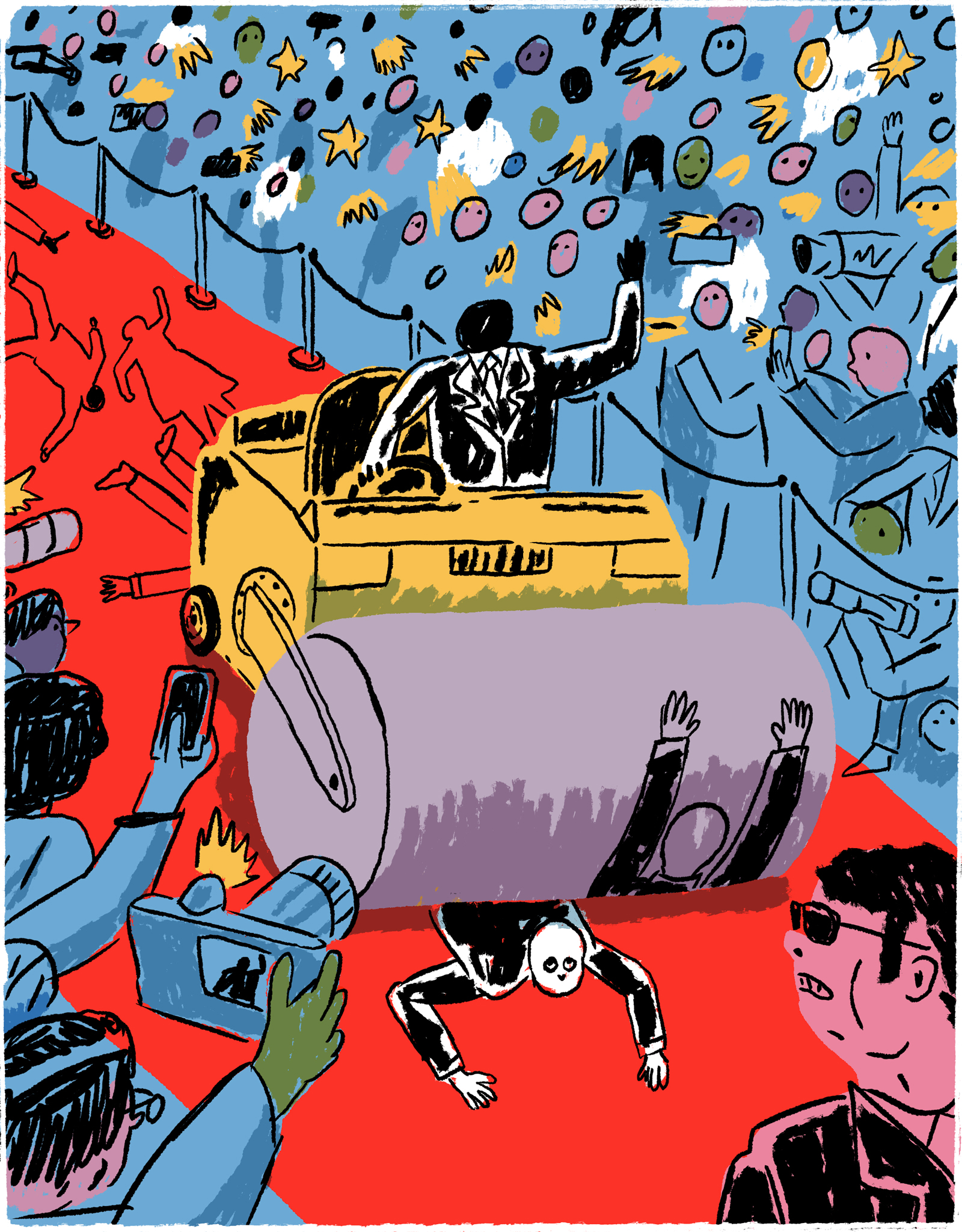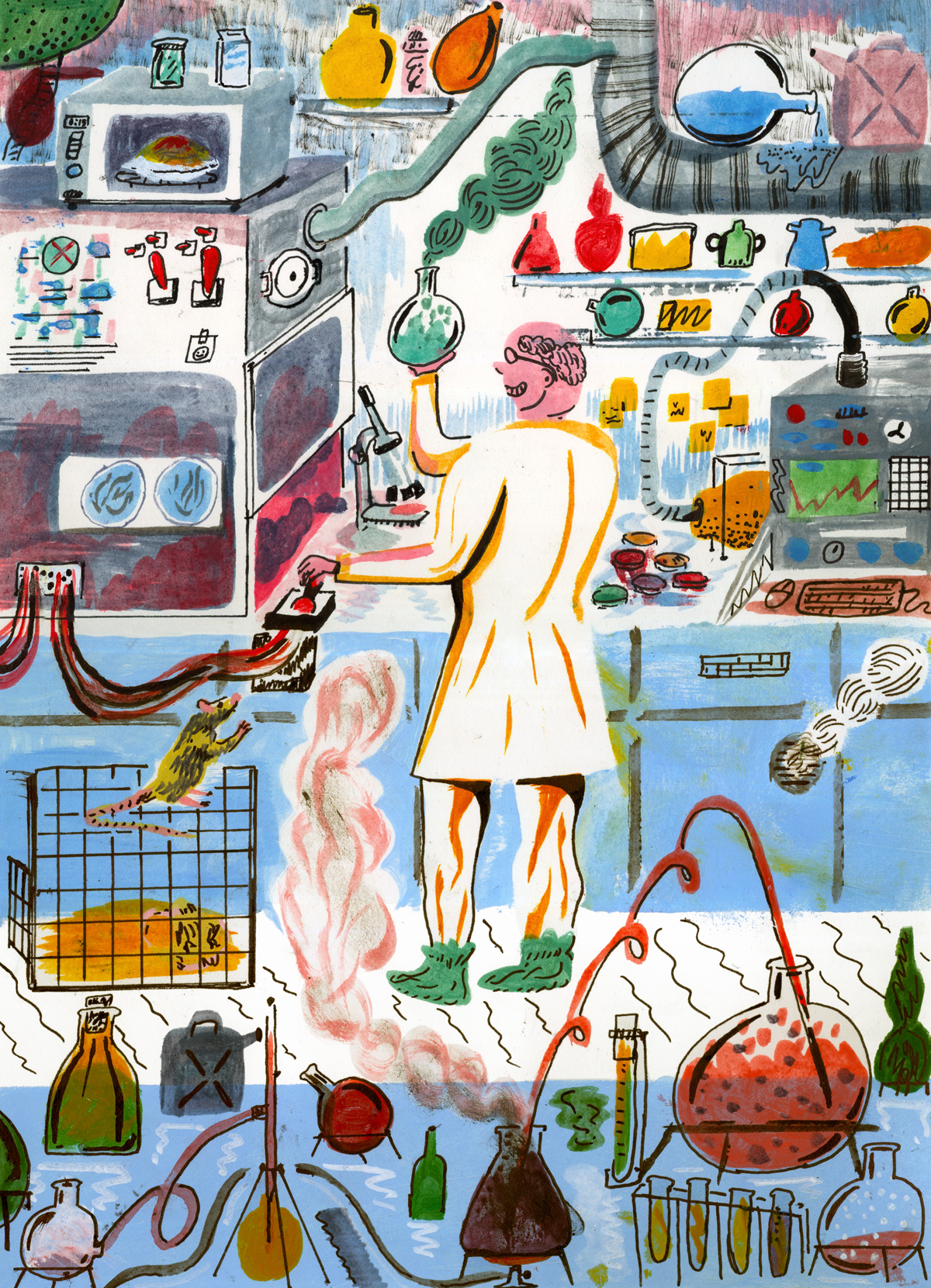Aart-Jan Venema shares his tips for effective editorial illustration
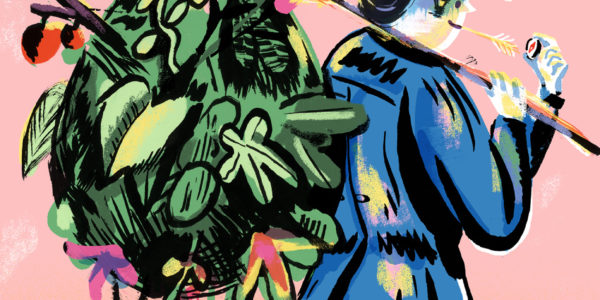
Aart-Jan Venema is a Dutch illustrator who likes adventures, exploration, books, futuristic science and obscure history.
Based in The Hague, Netherlands, Aart-Jan enjoys producing a growing portfolio of digital and handmade illustration for a growing list of editorial clients worldwide.
For the first of our three-part special on editorial illustration, we talk to him about how he got started, finding his niche and his experience of working with art directors.

Editorial illustration is known for being very fast turnaround – have you ever struggled with this? Has your creative process changed or sped up as a result?
Well, my first editorial experience came from an internship with Dutch newspaper NRC.next where I had to come into office, getting a spread illustration assignment that had to be finished that same day. I worked on a windows computer I didn’t understand, and had very limited drawing tools. After that things where relatively easy:) I’m happy to get a nights sleep on an assignment though instead of same-day turnover. Right now my creative process is quite adaptable on the timeline. Usually I have a few things at a time, so my mind is constantly switching, while waiting on feedback from A I’m sketching for B.
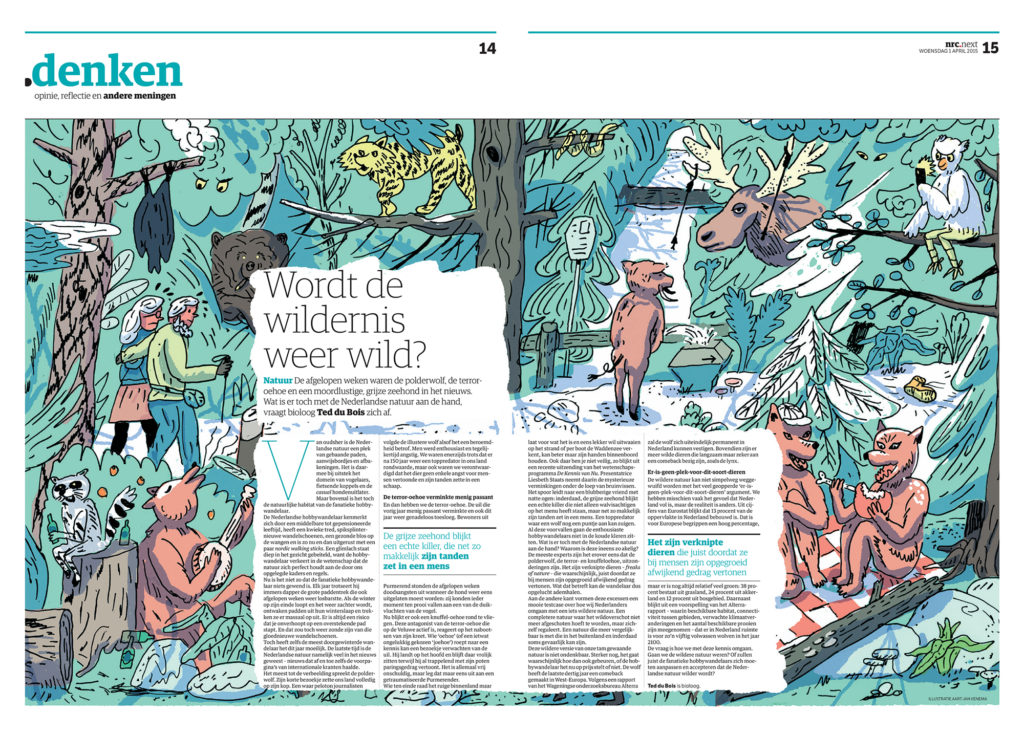
Editorial illustration for Denken by Aart-Jan Venema
How does editorial work vary from other forms of illustration work you do? Does it give you more creative freedom or less? Or does this vary between different publications?
Sometimes the editors already have an idea, so you don’t have too much conceptualizing going on. I like that it gives you focus on making a good image, and try to get the most out of a specific idea. One of the things I think I do well is making an idea look funny, and adding interest to it. The most stressful part of editorial work is coming up with good ideas, so it is a relief sometimes if an editor comes up with an idea already which gives a form of creative freedom.
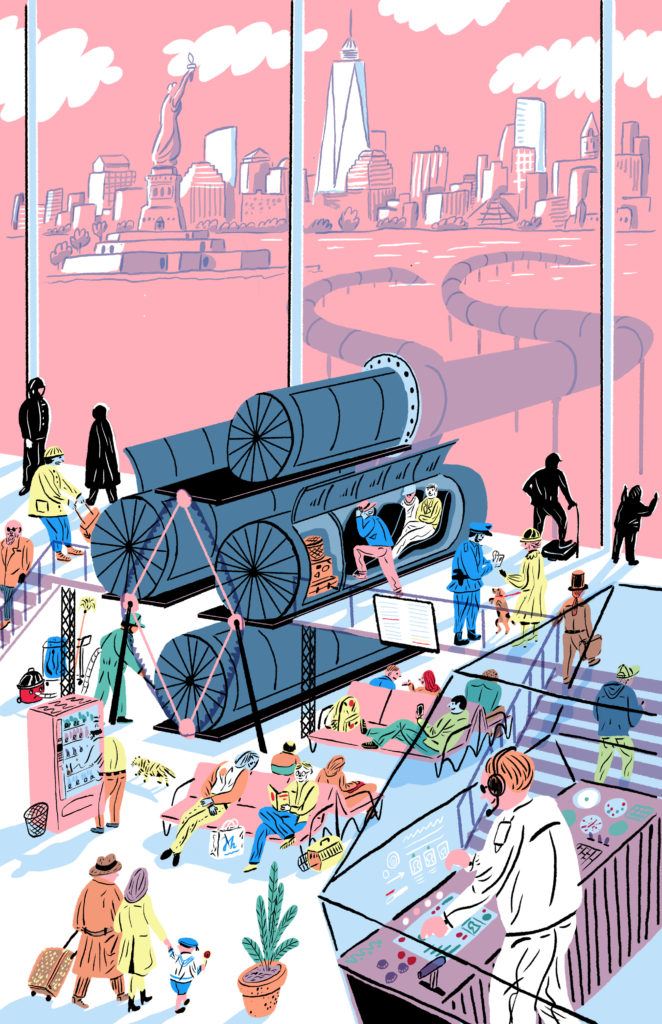
Editorial illustration by Aart-Jan Venema
Magazines, newspapers and online are all routes for editorial work – can you share your favourite job to date? What made it special for you?
I recently did something for WSJ magazine, a small editorial with lots of time. Together with the art-director we took it through quite a few revisions, that I think were all spot-on. It was really nice to push an image to the limit for once, instead of working against deadlines.
Every illustrator understands the importance of creating and maintaining a client list. Can you share any tips for identifying editorial clients and keeping on top of this?
I kind of like the process of finding out who works where, and how to contact that person. It takes some time though, also to find out if a publication is something for you, or not. Don’t be afraid to put the effort in.” as he concludes, “If it requires a lot of effort, there’s probably not many other people doing it, which makes it more valuable.”
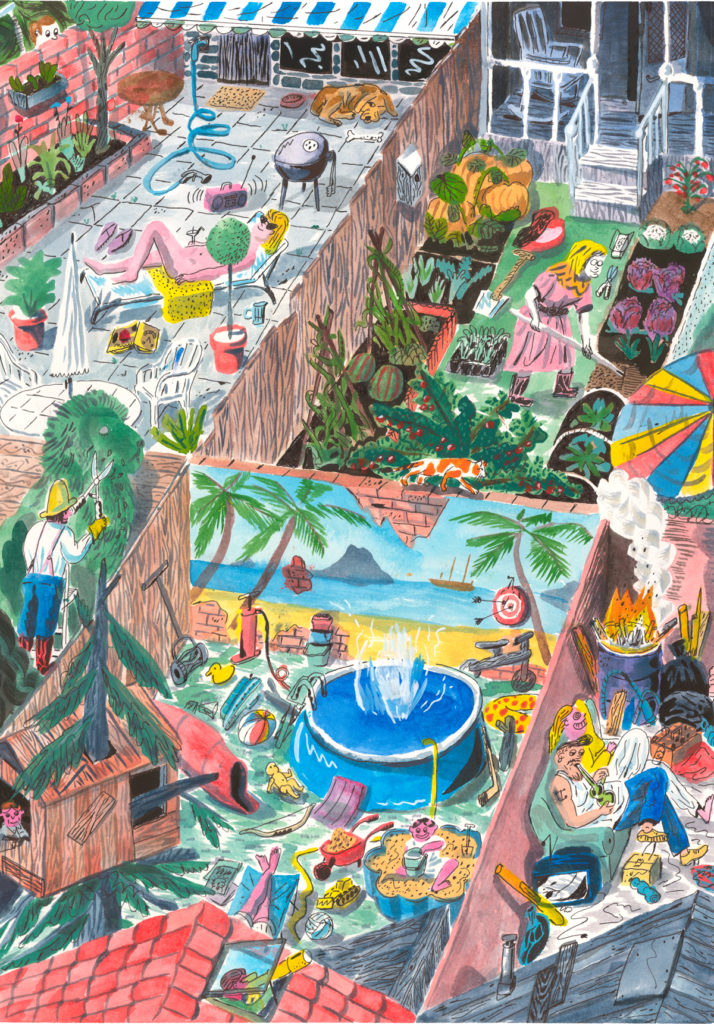
If it requires a lot of effort, there’s probably not many other people doing it, which makes it more valuable.
Can you tell us about your first paid illustration job?
I think it was when I was in school. Got the job via a relative. I had to illustrate the most boring book about something corporate. In the end I just translated a lot of the topics in the book, like meetings and absence to illness, to a farm and circus, just to give the readers a bit of relief from the boring text. I think the client was happy, it looks nothing like my work now though. I’m still being asked quite a lot to brighten up sad or seemingly boring but important articles.
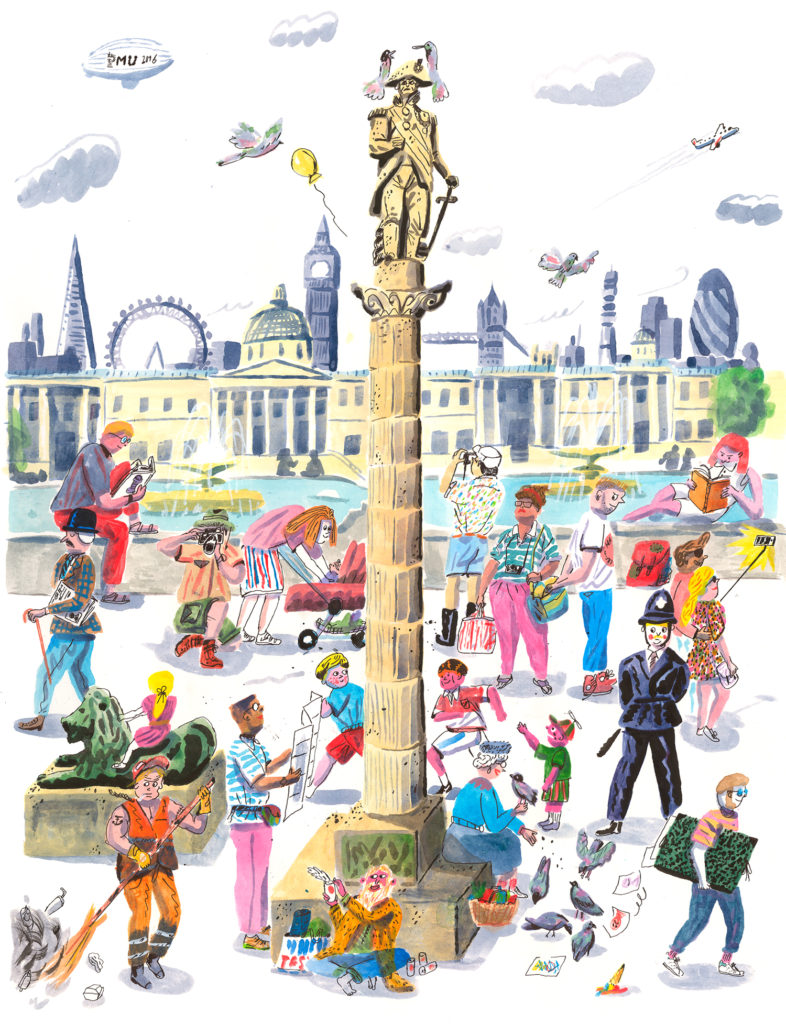
How do you decide whether or not to accept a job?
I accept most editorial jobs if the budget is right, unless I’m totally booked. At some point I can’t throw in anymore time, and I couldn’t guarantee the quality anymore and I’ll have to skip. I see it as my job to be able to do any article an art director thinks I’m suitable for. I love it when I read the article and know immediately why the director picked me.
We all understand the importance of self promotion – but beyond the obvious, are there specific directories or platforms other than your website that help generate new clients? Can you recommend any?
I also do paper mailings once or twice a year. I like the idea of being on peoples desk as well as being in their computers.
I guess Instagram is fun and important. I usually invest in participating in directories, or contests if I like the judges and want them to see my work. I guess the obvious ones are the best ones!
How do you typically promote your work outside the UK? Do you rely solely on social media or do you like to post items out too?
I also do paper mailings once or twice a year. I like the idea of being on peoples desk as well as being in their computers.

Do you have any regular clients, and if so how do you nurture these relationships? Have you ever actively engaged with Art Directors through social media, and if so, can you share your experiences, good or bad?
I do, and those are the most easy to nurture. Usually the more you work together, the more those relationships develop. If I don’t work with people that often, I sometimes follow them on social media, and it won’t hurt to like or retweet something now and then. In the past sometimes it felt like being nagging for work, but luckily, since I have enough going on, it is feeling quite genuine now to just converse a bit with the people in my profession and around it. It also helps that I feel that I can be helpful to art-directors, and know I’ll be able to deliver if they get me on a job. I think that goes for a lot of starting professionals, it just is a mind switch that takes a bit of time to make.
Aart-Jan Venema is represented by WE ARE GOODNESS. Follow him on Instagram to see more of his work.
aartjanvenema.com



